7 Shocking Water Management Technology Hacks in Agriculture
“Drip irrigation can reduce water usage in agriculture by up to 60% compared to traditional methods.”
Introduction: The Critical Role of Water Management in Agriculture
Water is a fundamental resource in agriculture, directly influencing crop yields, farm resource efficiency, and the overall environmental impact of our activities. As we seek sustainable farming practices to meet the demands of a rapidly growing global population, the importance of effective water management in agriculture becomes ever more apparent.
Advancements in agricultural technology have introduced innovative water management methods—from efficient irrigation systems like drip and subsurface irrigation to AI-powered decision support. These techniques not only help in crop yield optimization but also ensure vital water conservation, reduce environmental impact, and promote sustainable growth for current and future generations.
In this comprehensive guide, we’ll uncover the seven most shocking water management technology hacks revolutionizing agriculture. From the field to the latest in digital farming, see how these innovations are reshaping the way we use, monitor, and conserve water across the agricultural spectrum.
1. Drip Irrigation Systems: The Water-Saving Gamechanger
Why Drip Irrigation is Essential for Efficient Irrigation Methods & Water Management in Agriculture
Among all innovative water management technologies, drip irrigation systems stand out as transformative. By delivering water directly to the plant roots via a vast network of tubes and emitters, this system minimizes loss due to evaporation and runoff. The result? A significant decrease in water usage and nutrient wastage, while ensuring consistent moisture for plant health and superior yields.
- Main Components: Tubes, emitters, regulators, filters
- Water Savings: Up to 50-60% compared with traditional surface irrigation
- Enables precise control of water for each plant, reducing overwatering and optimizing growth.
- Crop Suitability: Fruit orchards, vegetables, vineyards, row crops—especially in arid or regions with limited water resources
- Environmental Impact: Lower runoff means less fertilizer leaching to groundwater, supporting sustainable agriculture.
How Drip Irrigation Systems Support Sustainable Farming Practices
By optimizing water delivery, enabling targeted fertilizer application (fertigation), and minimizing weed growth, drip irrigation systems empower farmers to meet environmental and economic demands. These systems are particularly beneficial for small and medium-sized farms looking to increase efficiency without expensive infrastructure.
Discover more about how drip irrigation saves resources and boosts yields in Farmonaut’s real-time large-scale farm management solutions.
2. Center-Pivot Irrigation: Transforming Large-Scale Fields
The Power of Circular Efficiency in Water Management
For large agricultural operations, center-pivot irrigation systems offer a scalable and efficient solution. These systems consist of a long pipeline mounted on wheeled towers, rotating around a central pivot to uniformly water crops with overhead sprinklers.
- Water Use Efficiency: Ensures uniform distribution and substantially reduces water waste
- Suitability: Perfect for grains, corn, potatoes, and other crops grown on large, flat fields
- Technological Integration: Can be paired with soil moisture sensors and automation for further optimization
- Environmental Benefit: Reduces runoff and enhances nutrient application precision
Center-pivot irrigation has shown to boost farm productivity while minimizing the labor required for traditional irrigation. This method is transforming farming in expansive regions across the globe.
3. Subsurface Textile Irrigation (SSTI): Precision Beneath the Surface
Subsurface irrigation technology for Ultimate Resource Efficiency
As farms seek to leverage advanced irrigation technologies, Subsurface Textile Irrigation (SSTI) stands out for its precision and efficiency. By delivering water and nutrients directly to the root zone, this revolutionary method addresses two key challenges: saving water and maximizing fertilizer uptake.
- Key Benefits:
- Reduces evaporation and runoff losses
- Prevents weed growth by keeping the soil surface dry
- Enables safe use of recycled or treated water without the need for expensive surface treatments
- Best for: High-value crops, urban agriculture, regions with water scarcity, saline soils
- Environmental Impact: Reduces water usage and pollution, supporting agricultural water conservation efforts and climate goals
SSTI is being rapidly adopted in areas where traditional irrigation methods are unsustainable, offering a robust way to optimize resources and boost yields.
Enhance your resource management with Farmonaut’s real-time fleet tracking and operational insight solutions—perfect for large farms utilizing advanced irrigation technologies.
4. Alternate Wetting and Drying (AWD): Smarter Rice Cultivation
How AWD Advances Sustainable Agriculture
Alternate wetting and drying (AWD) is a water management technique specifically designed for rice cultivation. Instead of keeping fields continuously flooded, farmers periodically let the soil dry before re-irrigating. This technique not only reduces water demand by up to 30% but also lowers greenhouse gas emissions by decreasing the formation of methane in anaerobic soils.
- Benefits:
- Reduces total irrigation water applied
- Maintains or even increases yields by avoiding drought stress
- Lowers environmental impact and production costs
- Best for: Any rice-growing region—especially Asia and Africa, where water constraints are acute
- Environmental Impact: Dramatically reduces water consumption and methane emissions, supporting environmental sustainability.
Farmonaut’s satellite-based crop health monitoring and carbon footprint management enable precise tracking of AWD impact on fields, helping to ensure sustainability at scale.
“AI-powered irrigation systems can increase crop yields by approximately 20% while conserving water resources.”
5. Deficit Irrigation: Maximizing Productivity With Less
Unlocking Water Efficiency with the Deficit Irrigation Strategy
Deficit irrigation is a forward-thinking water management practice where water is applied primarily during drought-sensitive growth stages but restricted during other phases. This method maintains good crop yields while using up to 25-35% less water, allowing farms in water-scarce regions to optimize productivity.
- Application: Ideal for crops like grapes, cotton, olives, citrus, and many grain crops
- Benefits: Increases water productivity and resource use efficiency, without significant yield loss
- Water Conservation: Allows reallocation of limited water across larger field areas
- Environmental Benefit: Reduces water withdrawal from sensitive aquifers and surface sources
Farmonaut’s satellite imagery and real-time advisory systems provide data-driven insights for farmers to implement effective deficit irrigation strategy. Integrate with Forest & Crop Plantation Advisory for best-in-class support!
6. Nano Ganesh: Mobile Automation for Efficient Irrigation
Integrating Mobile Systems for Smarter Water Management
In an era when technology reaches every corner, Nano Ganesh empowers farmers to remotely control irrigation pumps using mobile phones. This automation system is a breakthrough in labor and water cost reduction—no longer do farmers need to be physically present to turn pumps on or off. The convenience and efficiency are game-changing:
- Remote Pump Control: Manage irrigation schedules anytime, anywhere
- Reduces Water Wastage: Prevents accidental over-irrigation or forgotten pump shutdowns
- Minimizes Labor: Drastically reduces the manual effort for farmers
- Adaptable: Easily integrates with both traditional and modern irrigation infrastructure
With automation tools like Nano Ganesh, the future of farm management is truly in the hands of the farmer—supported by smart technologies and AI-powered advisory systems.
7. Artificial Intelligence (AI) in Agriculture: Smart Water Management at Scale
How AI in Agriculture Drives Resource Efficiency and Crop Yield Optimization
Artificial Intelligence is rapidly transforming the agriculture landscape. With real-time data analytics, AI guides decisions on irrigation, fertilizer application, and crop health monitoring. The result is an unprecedented level of resource optimization and sustainability:
- Precision Irrigation: AI analyzes satellite imagery, weather forecasts, soil moisture data to optimize water use field-wide
- Enhanced Monitoring: Machine learning algorithms detect plant stress patterns, pests, diseases, and nutrient deficiencies quickly
- Yield Prediction: Advanced models provide farmers with accurate crop yield forecasts and early risk alerts
- Sustainability: Promotes efficient irrigation methods that conserve water and reduce runoff
Integrating AI-driven solutions from Farmonaut—such as the Jeevn AI advisory for real-time weather and crop management—can significantly improve farming outcomes while ensuring sustainable water use. Discover more about Farmonaut’s blockchain traceability tools—empowering transparency and trust in agriculture.
Comparative Table: Water Management Technology Features
| Technology Name | Estimated Water Savings (%) | Cost Range ($/acre) | Suitable Crops/Regions | Environmental Impact (Low/Med/High) | Adoption Rate (%) |
|---|---|---|---|---|---|
| Drip Irrigation Systems | 50–60% | $500–2,000 | Orchards, Vegetables, Vineyards, Arid Regions | High | 25% |
| Center-Pivot Irrigation | 40–50% | $800–3,000 | Grains, Potatoes, Large Flat Fields | Medium-High | 15% |
| Subsurface Textile (SSTI) | 40–70% | $1,500–3,500 | High-value crops, Urban/Water-stressed Areas | High | 2% |
| Alternate Wetting & Drying (AWD) | 25–35% | $100–500 | Rice, Flooded Crops, South Asia, Africa | High | 11% |
| Deficit Irrigation | 20–35% | $80–350 | Grapes, Cotton, Olives, Citrus, Grains | Medium | 10% |
| Nano Ganesh | 15–30% | $120–500 | Smallholders, Any Region, Pump-Dependent Farms | Medium | 8% |
| Artificial Intelligence (AI) | 15–35% | $350–3,000 | All Crops, All Regions | High | Ever-Increasing |
Farmonaut: Pioneering Technological Support for Agricultural Water Conservation
At Farmonaut, our mission is to democratize access to precision farming and sustainable water management technologies for every farmer worldwide. By harnessing the power of satellite imagery, artificial intelligence, and blockchain, we empower farmers and agribusinesses with actionable insights to reduce water consumption, boost yields, and ensure environmental stewardship.
- Satellite-Based Crop Health Monitoring: Receive NDVI and soil moisture data, allowing targeted irrigation and fertilizer planning—key for deficit irrigation strategies and water-saving.
- Jeevn AI Advisory System: Our AI-driven, personalized crop management platform delivers real-time guidance and optimized resource allocation.
- Blockchain Product Traceability: Boost transparency and trust by tracking farm produce from field to consumer, supporting sustainable agricultural practices. (Learn about Traceability)
- Fleet and Resource Management: For agribusinesses, manage logistical operations with geo-tracked vehicles and operational analytics—perfect for multi-site irrigation scheduling. (Fleet Management Info)
- Carbon Footprinting: Monitor and minimize your farm’s environmental impact with real-time data on emissions. (Explore Carbon Tracking)
- API Access: For developers, integrate satellite and weather data directly into your own systems with Farmonaut’s robust API (API Info, Developer Docs).
Subscribe to Farmonaut: Affordable access for fields of every size
Explore our flexible, subscription-based packages for real-time farm and resource management, satellite crop monitoring, AI-driven advisories, and more—making precision agriculture accessible to individual farmers, cooperatives, and global agribusinesses.
Policy Support & Subsidies for Agricultural Water Conservation
Governments and global organizations increasingly acknowledge the critical component of water management in agriculture. Policies and subsidies are being established to encourage the adoption of water-saving technologies, deficit irrigation strategies, and sustainable systems.
- EU’s Common Agricultural Policy (CAP): The European Commission is drafting plans to grant new subsidies for farmers who adopt water-saving and conservation techniques. Read the latest subsidy draft.
- Global trend: Many national governments incentivize drip irrigation systems, AI-driven irrigation scheduling, and precision resource management through grants, insurance discounts, and training programs.
- NGO and Enterprise Support: Organizations provide education, training, and resources to promote agricultural water conservation.
By leveraging such policy support and integrating innovative technologies, farmers, cooperatives, and agribusiness are poised to lead the way in sustainable water and resource management for future generations.
Frequently Asked Questions (FAQ)
Q1. What is the most efficient irrigation method for conserving water on small-scale farms?
Drip irrigation systems are widely recognized as the most efficient irrigation method for small to medium-sized farms. They deliver water directly to the root zone, minimize evaporation and runoff, and can reduce water usage by up to 60% compared to traditional techniques.
Q2. How does Farmonaut use artificial intelligence for agricultural water management?
Farmonaut’s Jeevn AI Advisory System analyzes real-time satellite imagery, weather data, and field inputs to provide targeted advice for irrigation scheduling, crop management, and water conservation, helping farmers make informed decisions and improve overall farm productivity.
Q3. Is government support available for deploying sustainable water technologies in agriculture?
Yes! Many governments, including the European Commission through the CAP, and national programs in water-stressed regions, offer subsidies, incentives, and training to help farmers adopt sustainable water management practices such as drip irrigation, AI-driven monitoring, and alternate wetting and drying (AWD).
Q4. How do satellite-based platforms like Farmonaut differ from other farm management solutions?
Unlike traditional farm management tools, Farmonaut leverages satellite imagery and AI to deliver affordable, large-scale monitoring, actionable insights, and real-time recommendations without expensive sensor infrastructure—making precision agriculture accessible to a wider audience.
Q5. Where can I learn more about Farmonaut’s farm management and resource optimization tools?
Visit the Farmonaut Agro Admin App page for details about large-scale farm monitoring, Fleet Management for operational insights, and Traceability for supply chain transparency.
Conclusion: Ensuring a Sustainable Agricultural Future
As we face mounting demands on our natural resources and contend with the complex challenges of a changing climate, water management in agriculture stands as a pillar of sustainable farming practices. The adoption of advanced technologies—from drip irrigation systems and AI solutions to automated pumps and innovative policy support—empowers farmers, agribusinesses, and policymakers to ensure food security for a growing global population.
Farmonaut remains committed to supporting this vital mission with accessible, data-driven, and affordable precision agriculture tools. By enabling direct crop health monitoring, AI-powered decision-making, blockchain traceability, and resource management, we pave the way for water-efficient, high-yield, and environmentally responsible agriculture.
Start your journey towards optimized irrigation and sustainability: Download the Farmonaut App now.








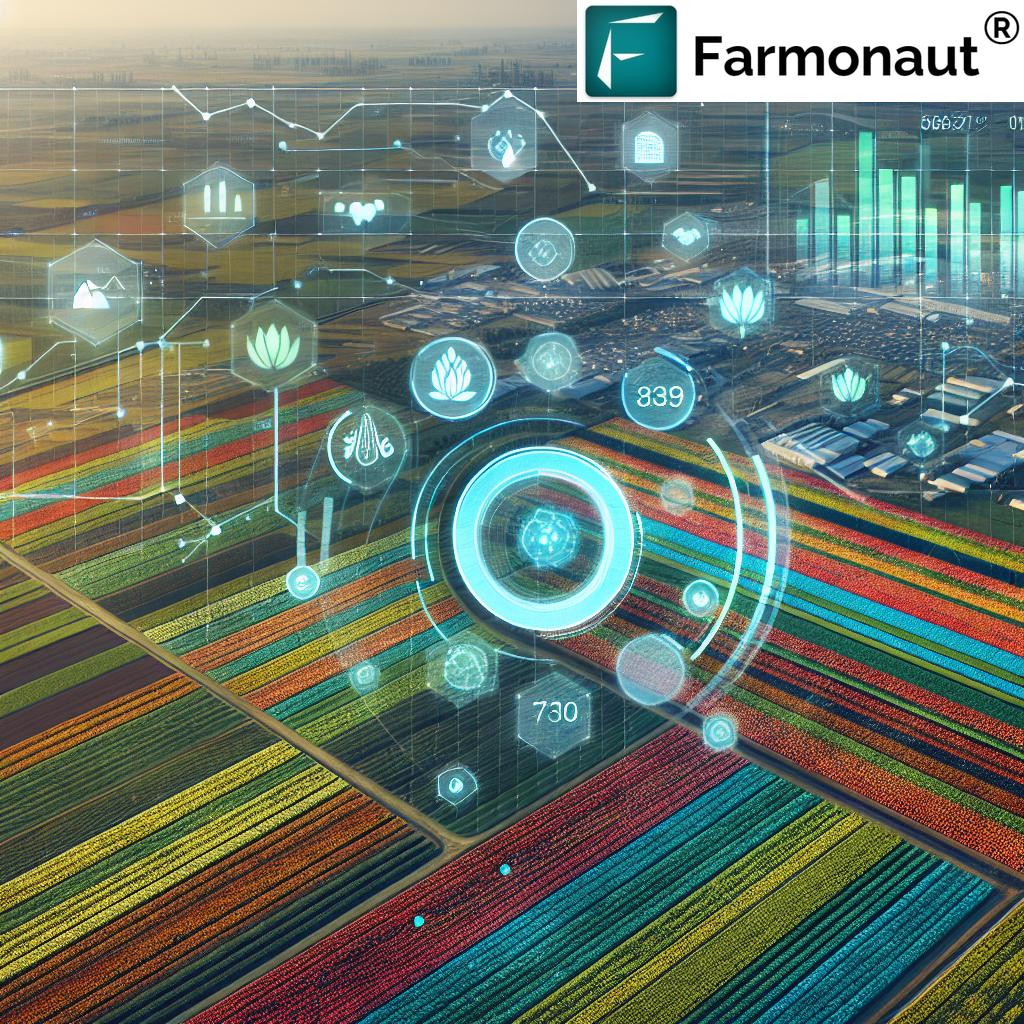

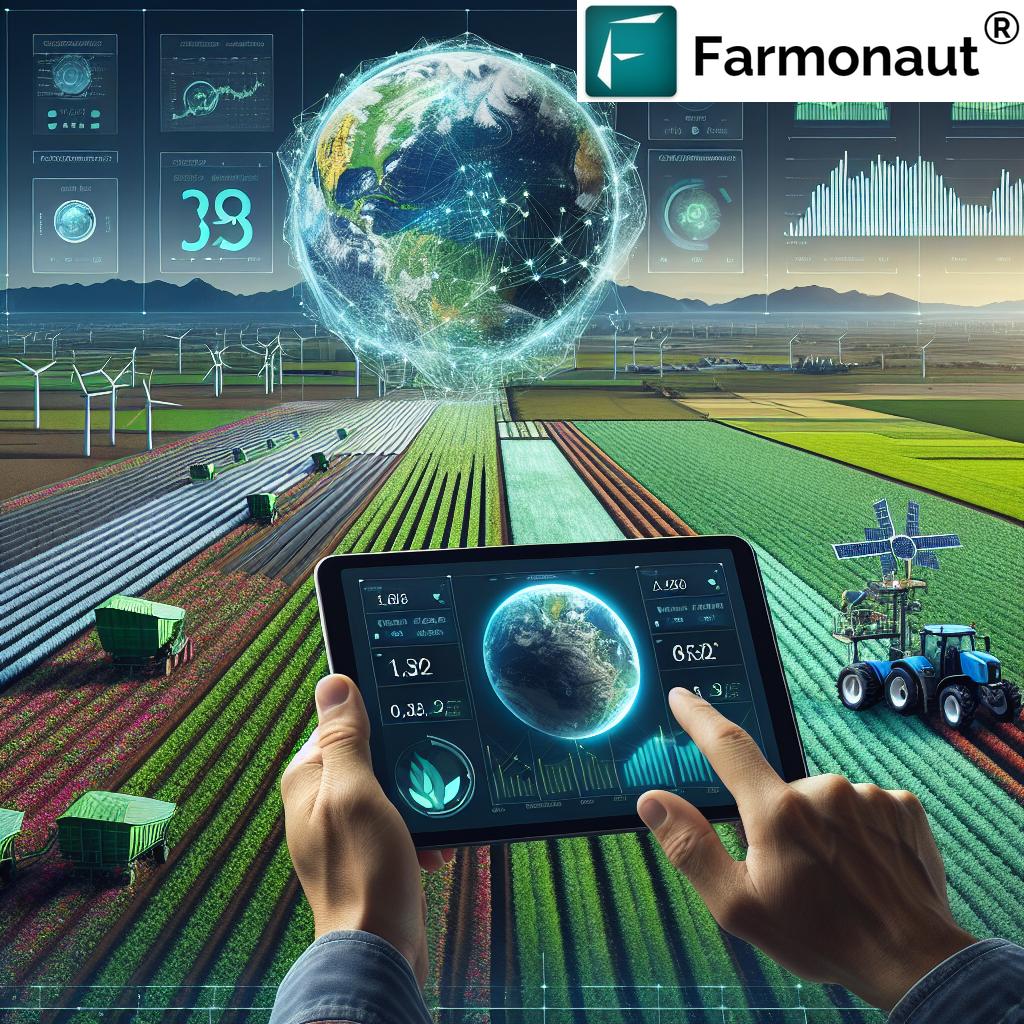
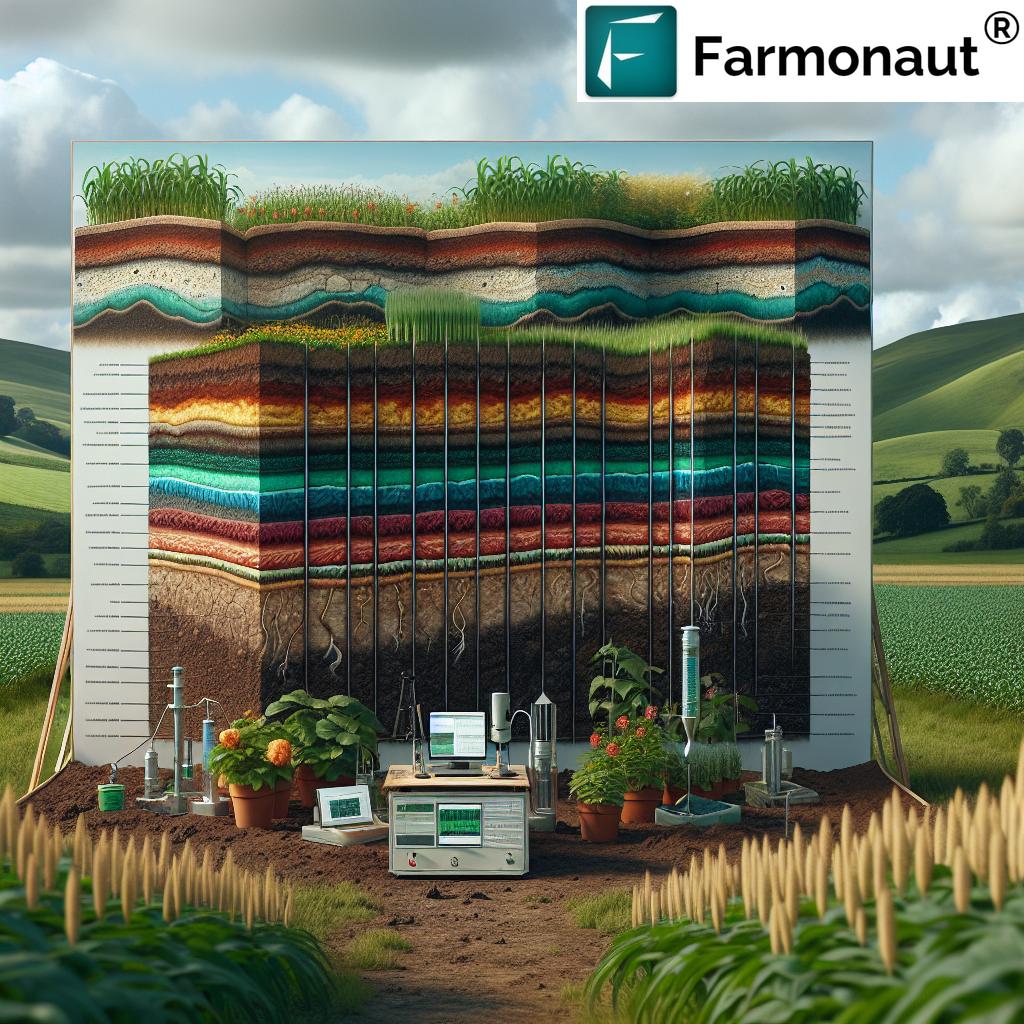





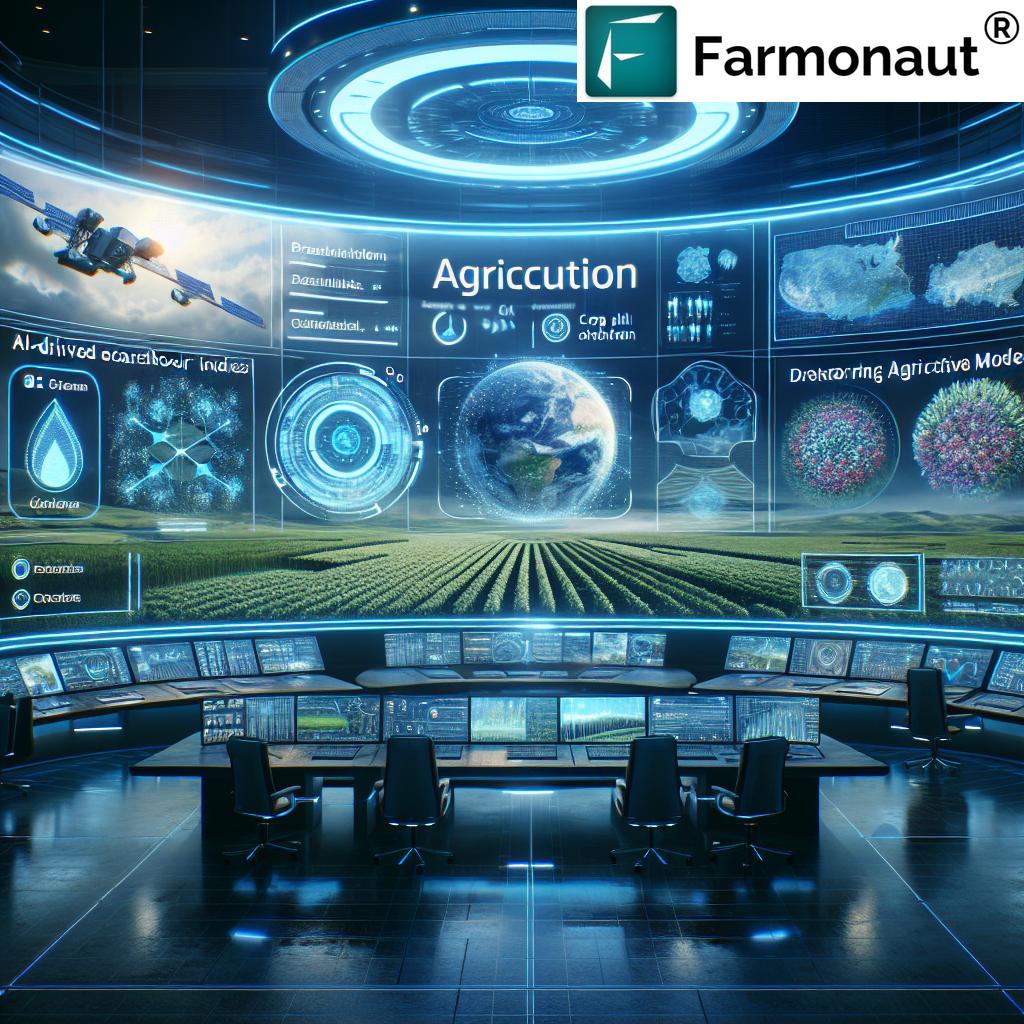
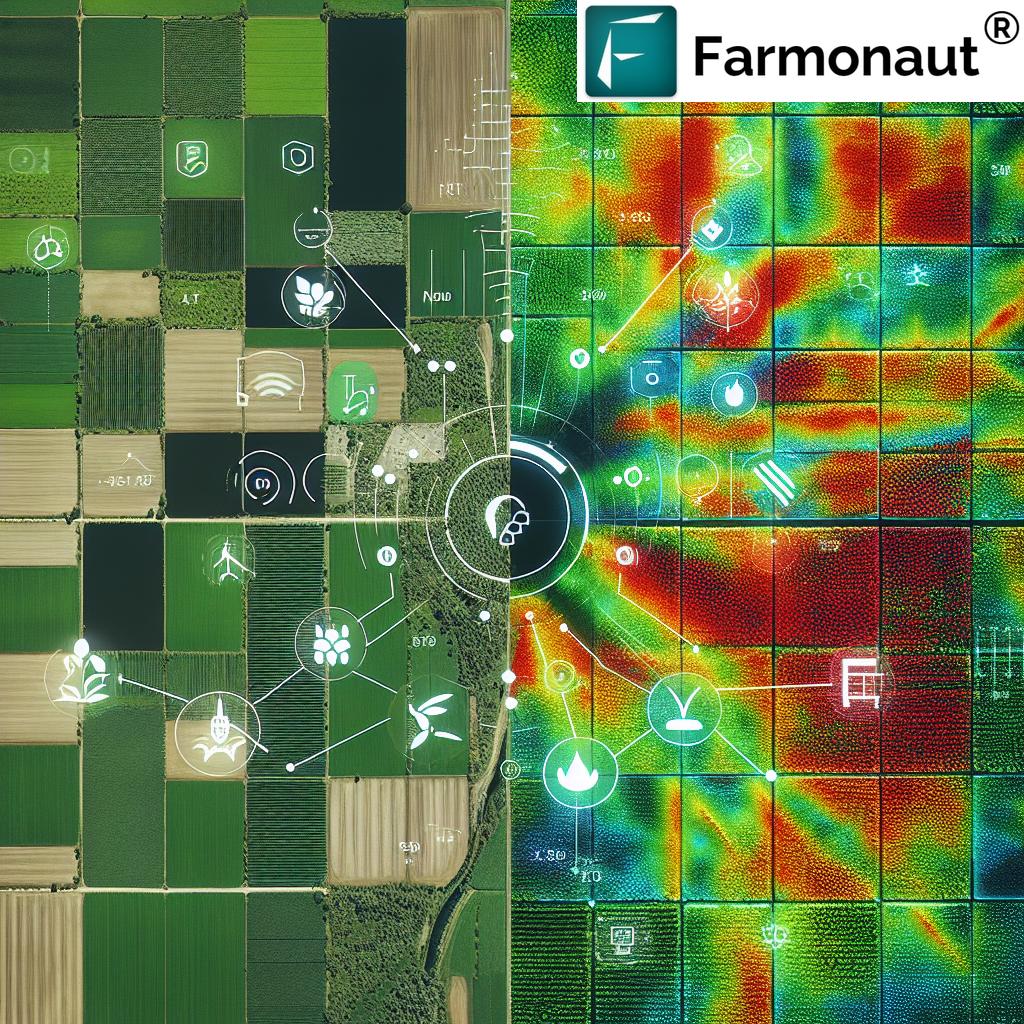
I truly appreciate your technique of writing a blog. I added it to my bookmark site list and will